Purposeful Play Book Study- Section 3: The Whole Day Can Feel Playful
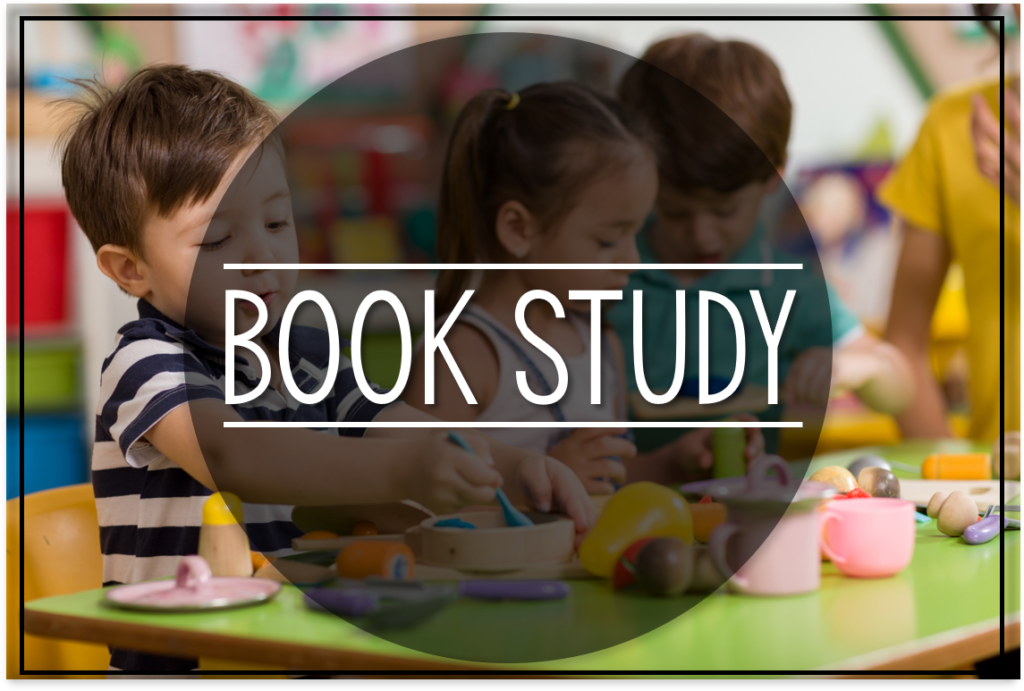
Hi there! Thanks so much for joining us for section 3 of the Purposeful Play Book study! If you missed sections 1 or 2 you can view them HERE.
If you haven’t picked up the Purposeful Play text you can still follow along with us here but I strongly urge you to snag the book for yourself. It’s a page turner and as you read the author’s take on play you too will have a passion that grows (even more than you already had for play). You can view the Purposeful Play text on Amazon HERE.
So far we’ve covered the general ways in which to incorporate play into our classrooms. Now how do we do this in a practical way? I think there is that thought still occurs when we find ourselves saying, “Okay, we’ve had our fun –played a little. Now, it’s time to get back to learning.” Well, if we’re going to truly put the concept of purposeful play into action we MUST shift this way of thinking. Instead we need to understand that play doesn’t and shouldn’t have to be separate from core curriculum learning time. No matter what curriculum we are expected to teach we have the power to make it engaging, joyful, and even albeit playful! There is of course practicality that must be considered. With a little practice and an open mind, I think we can do this, let’s put the play in work and the work in play!
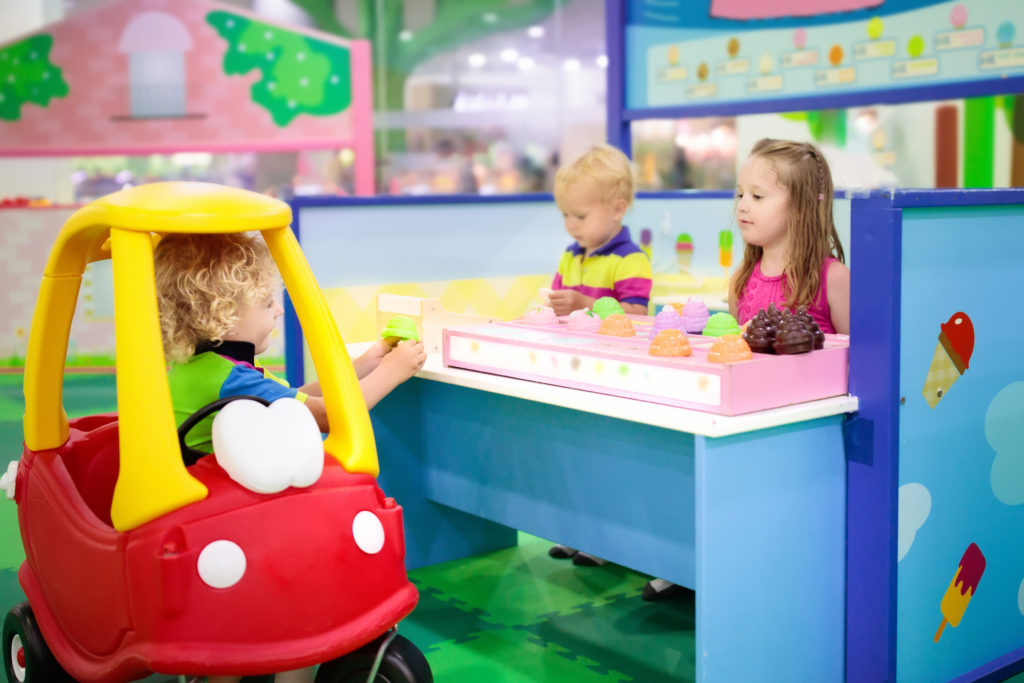
The Power of Tapping Into Student Interests
As I read through the introduction about student interests, something stood out and struck me. Now, before I elaborate know that I fully support that we all have a personal preference for our classroom design and personality, so in NO way am I insinuating there is a definite right or wrong way here. I will say that the authors made me stop and think with this statement,
“A classroom filled to the brim with the personality of the teacher leaves little room for the interests and growing passions of each child. We, as teachers, have our homes to fill up with the posters and trinkets we love, but our classrooms are our children’s to design and develop. The same is true for our curriculum. We are not teaching ‘students’; […]each with a unique viewpoint and access point to the world.”
Knowing how much time, effort, love and genuine work we put into creating a classroom environment, made me see the value in the simplicity of bare walls and the impact it could have on our students to truly make it their own –creating a space they feel valued and find ownership in. Again, this may seem trivial to some of us –but it sure would take the pressure off of our Pinterest board classroom expectations. What would it look like if you started your year out with less, to make room for the accumulation and unfolding of your students work? Just something to consider.
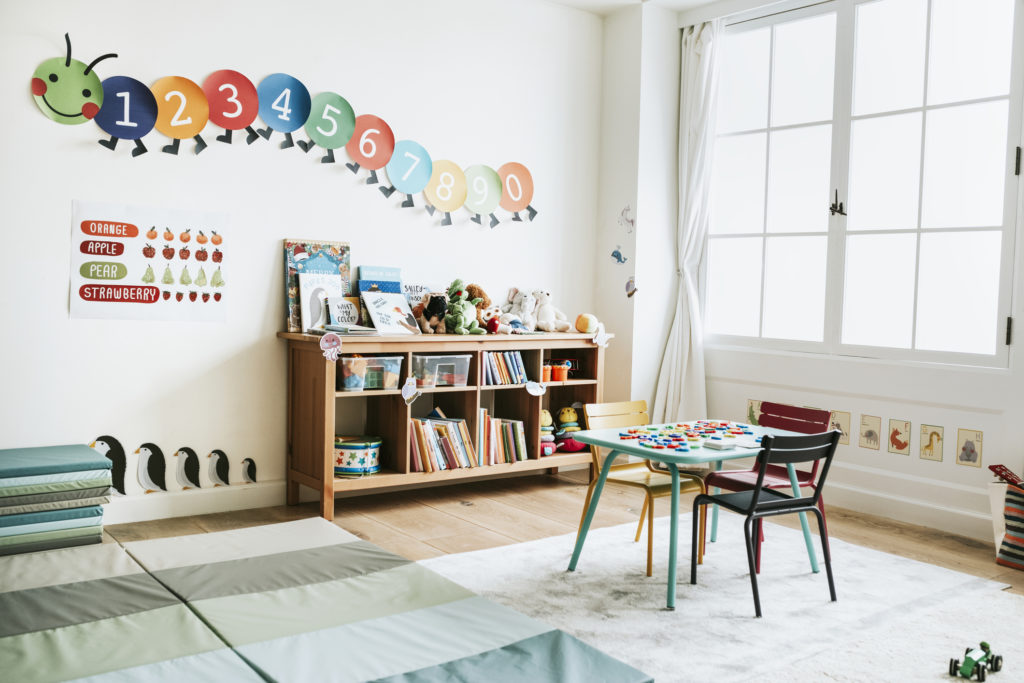
Student Interests: An Exploration
In order to tailor our classrooms and curriculum to our students we need to take the time to really learn about their individual interests, passions, and even their pet-peeves! How do we establish positive relationships? Build trust in order to move forward in the “getting-to-know” you phase of teacher-student relationships? Creating a space that feels safe, playful, and engaging –putting ourselves in their place and seeing the culture of our classroom from their perspective. This can be hard when we have all the normal everyday teacher duties/responsibilities. However, we know that when a child feels supported and valued they are more likely to respond positively –making way for trust and success!

Stephanie shares something powerful when considering our students’ interests,
I once had a PD at my school and the presenter asked us all, “If each child in your class was having a birthday and you were invited, would you be able to pick out each child’s perfect gift?” This question is powerful because we can normally pick out three or four student’s “perfect gifts” however, we struggle to fully understand the remainder of our classes interests. By building rapport with our students and watching them engage in play, we learn about our student’s interests and can gather data.
How do I Gather Data on Student Interest?
Wait, are we talking DATA here? Yes. Yes, we are. But hold on! Before I lose you, this is the kind of data that goes beyond their reading level or math fluency. This is the data that helps us SEE them. Each of our students, individually. Their hopes, dreams, likes/dislikes. When we tap into what interests our students, be it the majority of our classroom or on an individual level, we are able to tailor and present concepts that may seem more playful and relatable to them. Remember there is still work in play. The play is the work. Finding out the majority of the class is interested in the stars and outer space to then create a reading nook that is like the night sky will ultimately encourage most of your students to play aka read in the space nook!
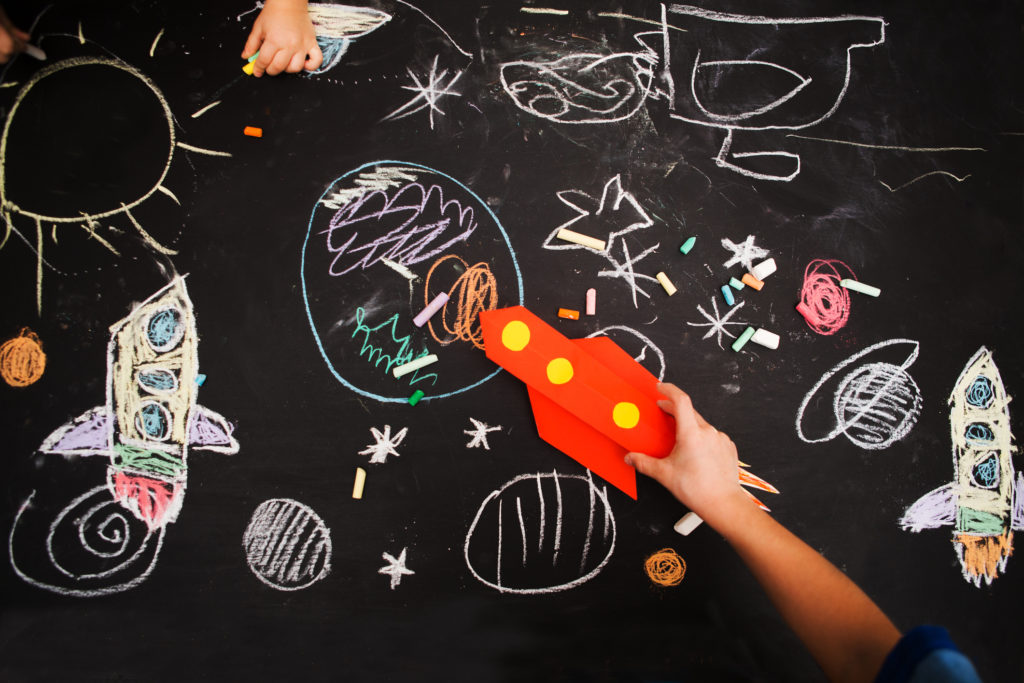
How do we gather this data? Similar to any other collection it does take observation and the element of conversation. We are simply taking time to notice and engage in conversations with our students. I think most of us naturally do this. It is one of our super powers as teachers!
The book offers great questions to ask your students to gather data! However, if you are wanting a more visual interest survey you can download a freebie student interest survey by clicking HERE or the image below.
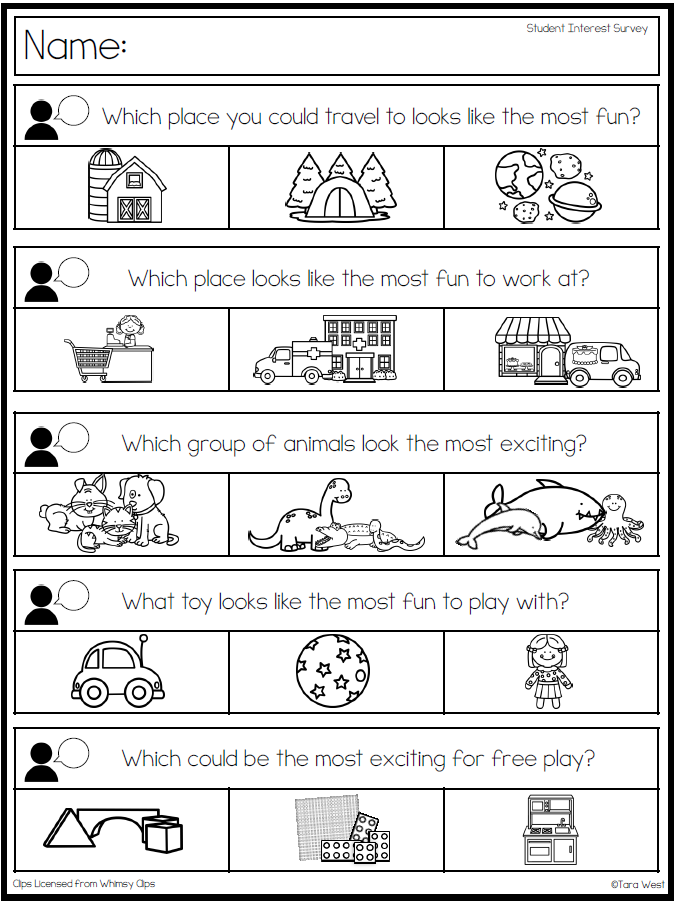
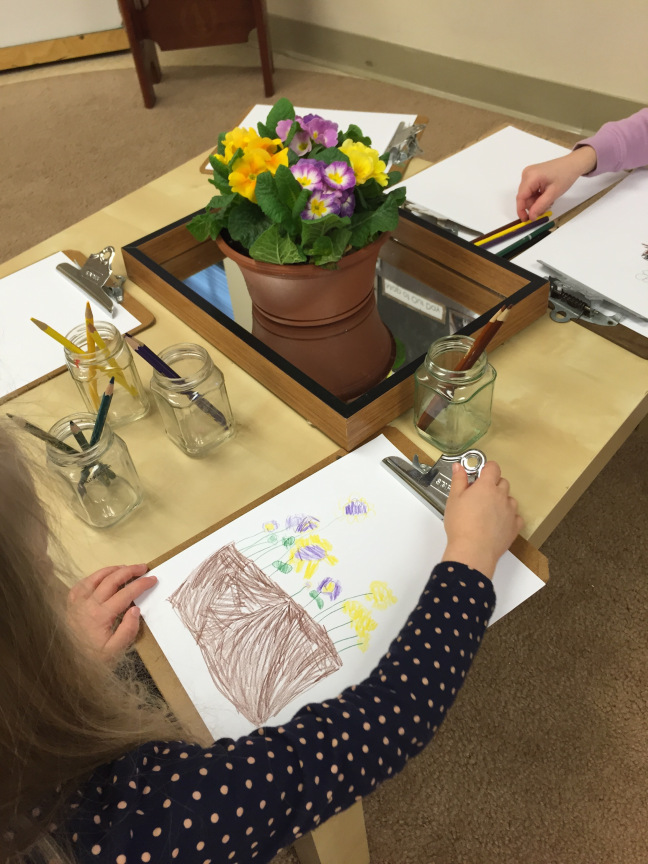
How do I Use Student Interests?
We work meticulously to make our classrooms engaging and implement the interests of our students in various ways. Many of us have been adapting our libraries and choosing classroom literature that we know is relevant and appealing to our students. Another tactic is adapting the classroom materials to match students’ interest. This can be anything from math manipulatives, literacy posters, to writing tools. There are endless ways to tailor our classroom materials. Another concept we must consider is allowing our students to have the opportunity to choose. Especially for young children, much of their day is decided for them. Giving the power to make basic choices such as seating, writing utensil, books, etc. makes room for practicing smart choices. The autonomy the students achieve will also help to direct their interests and engagement.
Below are some pictures of an area you could create if your students showed an interest in outer space!
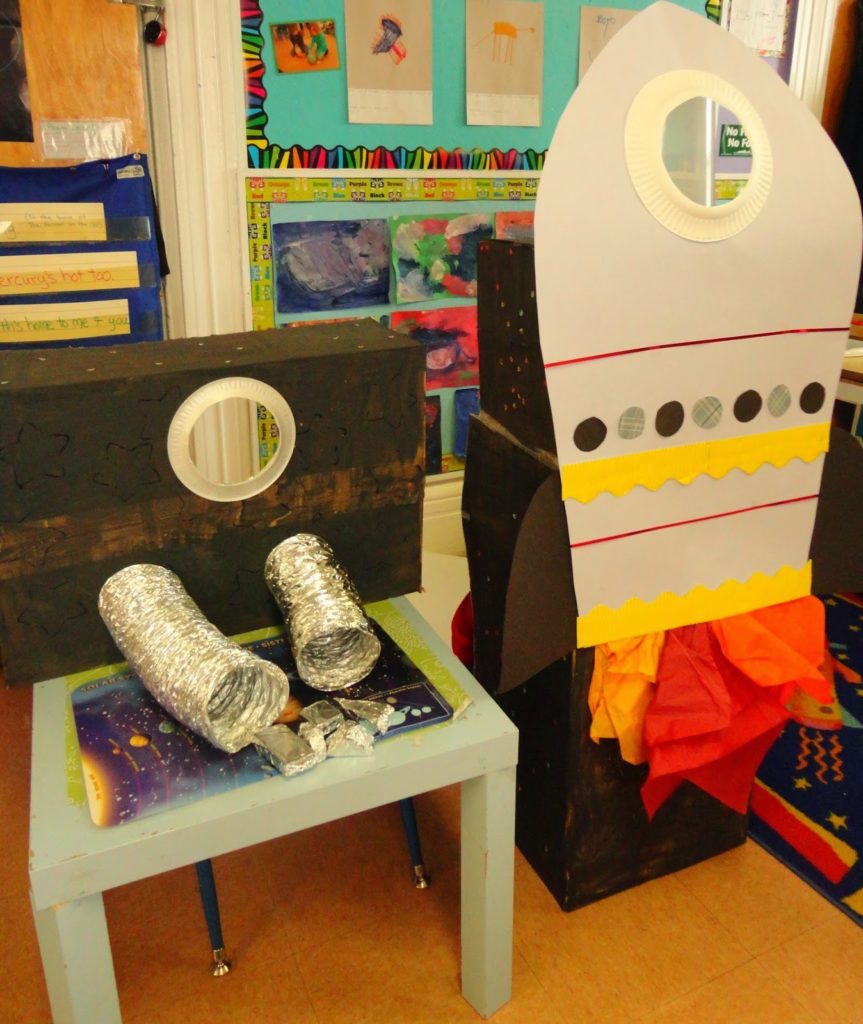
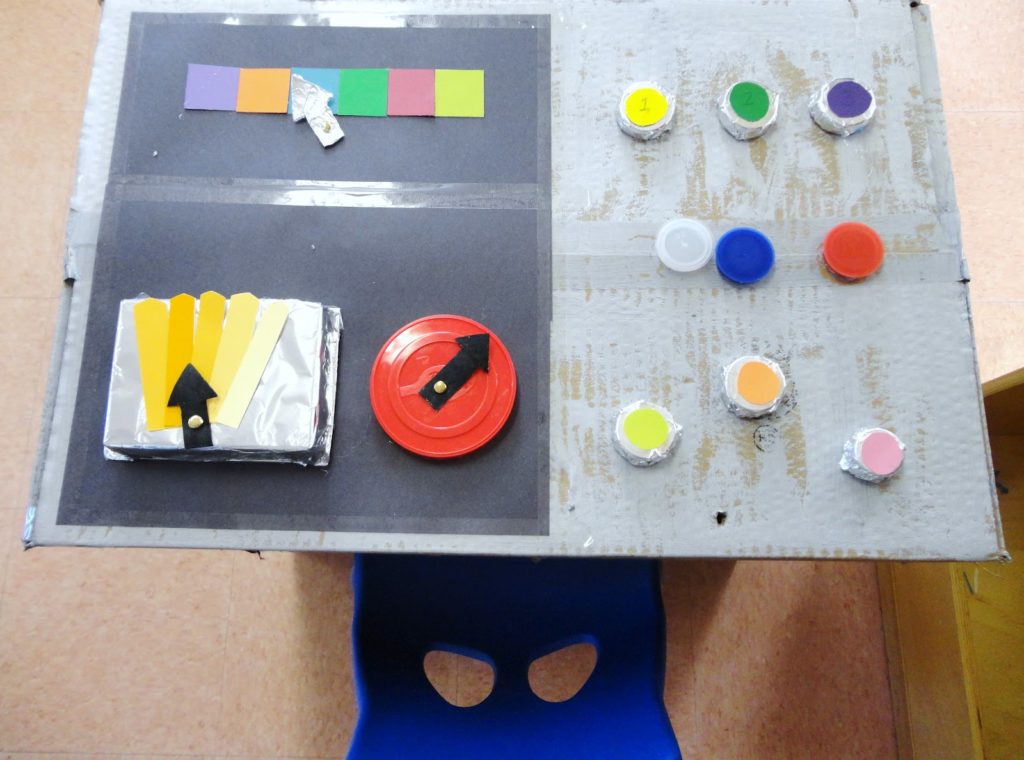
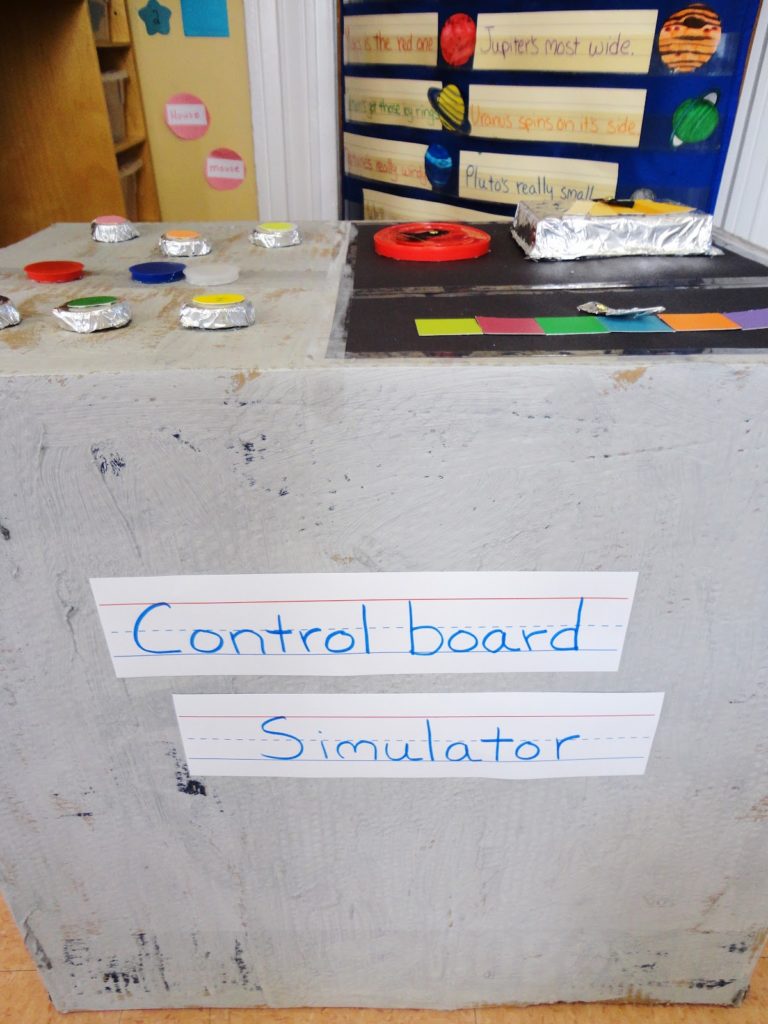
Roxane shares additional ways we can make learning fun… even if it’s with the latest dance moves!
When setting up the classroom I take into consideration my student’s interests. After I build relationships with my students, I find out what special topics they enjoy. This leads me to find books for our library on that subject or I bring that topic in our core curriculum some how. In addition, I use dancing, songs, and different voices when teaching. This lets them know I enjoy school and I can connect with them. I have been known to learn the latest dance moves to the children delights and laughter.
My son had a group of teachers that found out his passion of farm equipment. They taught him the core subjects using every farm equipment lesson they could think of to reach him. I admired their dedication to reach my son and I use that kind of passion to help my students be successful through play while learning.
I believe what the author stated, “If you have fun, chances are your children will as well.” It is so important to have the mindset of play and enjoying school. I love the days I laugh with my students while we are playing and learning.
Lighthearted Teaching: Supporting Meaningful Goals with Playful Tools and Charts
When setting goals we need to be sure the goals match the individual. Consider where the child is at, what they are currently trying to do, and what support does he/she need to do it.
To make goal setting successful and meaningful we need to include the student in the goal setting. Giving them choice and control is going to motivate them. Ultimately we want the students to take ownership and be invested in their goals.
Making the goal memorable. Children benefit from being reminded. We want to approach the reminders in a subtle way as not to drill the goal –but rather weave their practice and achievement into day. We do this already with charts and providing the tools necessary to work on their task. What is a tool? A tool is defined as “anything that supports a child to work and think with more independence.”
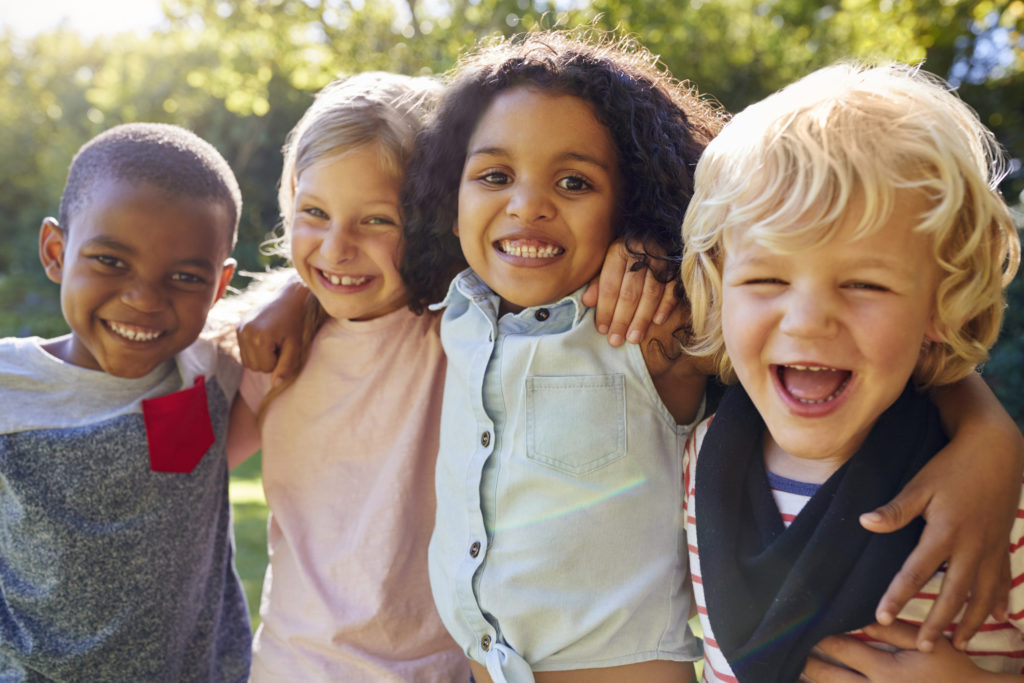
How do I Make Playful Tools?
What are some examples of playful tools we can incorporate in the classroom to scaffold students in their work/play? We can think of tools as props, manipulatives, and charts/photographs that take the learning experience to a level of whole body engagement. Again, getting to know your students can guide you in your choices and save your time, effort, and lets be real, money when adding props/manipulatives to your classroom learning.
Inquiry is a Play Mindset
In play children have the permission, or natural inclination to linger, investigate, and pause even. Children naturally explore and recreate what they have experiences or learned in the world around them. Inquiry can be considered playful in that it requires observation, exploration, experimentation, and is driven by personal interest. How can we embrace the idea of teaching kids the process of inquiry in our classrooms? How do we get past the vision of presumable chaos unfolding?
We can and will lead our students through the process of inquiry. Although inquiry through play can occur naturally we realize we need to guide and facilitate the process within our classroom. Inquiry begins with curiosity. We realize we must still follow our curriculum and keep up with the standards. With that said, curiosity can happen in the midst. Going back to the importance of observing our students. Monitoring what peaks their interest. That will signal when and what to dig deeper into.
Beyond our observations we need to guide our students in the process of observing as well. Learning about questions and teaching students how to seek out the answers is a big part of the process. A process that will build and develop over time. Planting seeds along the way, realizing that having an open mind to the layers of purposeful play will begin to open up more opportunity for both students and teacher to engage in their work.
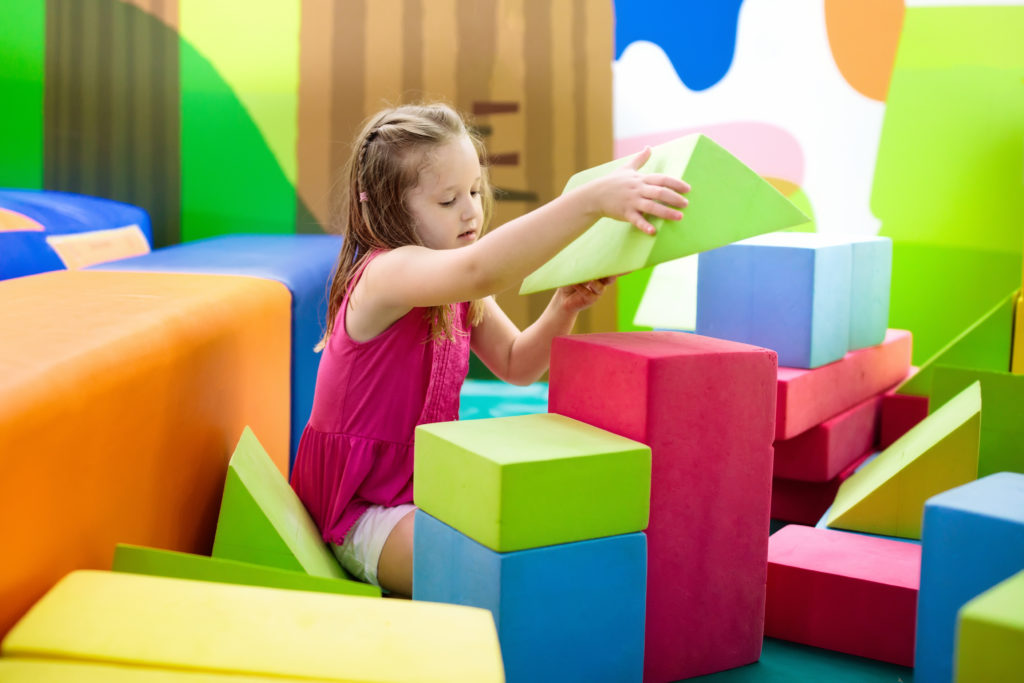
How Do We Make Learning More Discovery-Based?
Teaching through inquiry is often the opposite of direct instruction. Discovering pockets of time to allow for inquiry teaching, even if it spontaneous will depend on your purpose.
Below is a great video to “visualize” the inquiry based approach!
Theresa shares with us her insights on fostering inquiry and in-depth thinking,
What better to improve our teaching than with reflection and implementation. By simply observing and not critically making judgement or excuses, I started to reflect and ask myself: Why am I teaching the WAY I am teaching? How does this benefit our learning, to both the child and the teacher? Does my classroom environment reflect a creative, collaborative and cohesive space from my little scholars? O ne area I constantly work on is questioning. Anyone can ask a question and you may get a response. But the art of asking critical and insightful questions takes practice and rehearsal. For example, if a child comes up to me with a proud smile on his face and says, “Look at my picture!” I could simply respond to this child: “Wow! I like it. What did you draw?” And then you would get a response. But if I instead asked, “Wow! I notice you drew a picture. Can you tell me about that?” Hopefully this child’s response with give insight to his/her creative process and will further explain the emotional response.
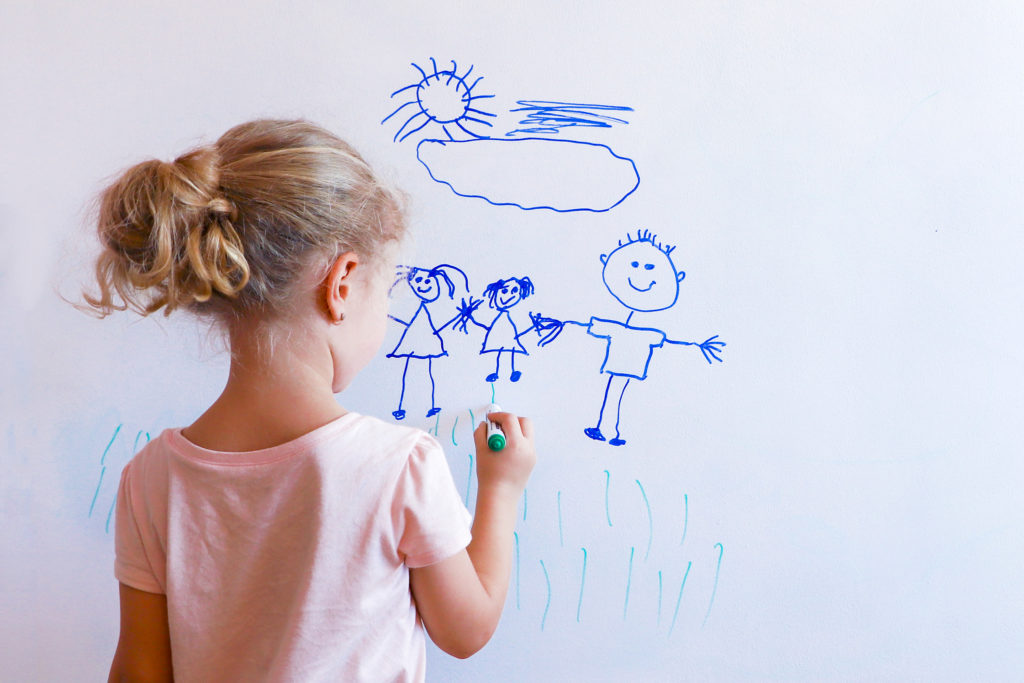
Theresa goes on to share,
I listen. I actively listen to what my students are talking about and how they react to one another’s conversation without interruption or clarification. I want see their physical and emotion reactions to topics they love or dislike. From this, I can approach them and start to inquire why they find these topics so interesting. Right there my friends, is the hook or their investment into learning. When it finally snowed in central New Mexico and the snow didn’t melt right away, one student said, “What does snow look like?” I seized the opportunity and we grabbed magnifiers and headed out. My kids observed, took note and studied their physical environment to add to their schema. To build upon this experience, I used Tara’s KinderLiteracy unit on The Snowy Day, which gave my students a personal connection to the character Peter and his experience with snow. To further understand snow, I set out non-fictional books about snow that gave my students additional resources to read, look at photographs and deepen their understanding about snow.
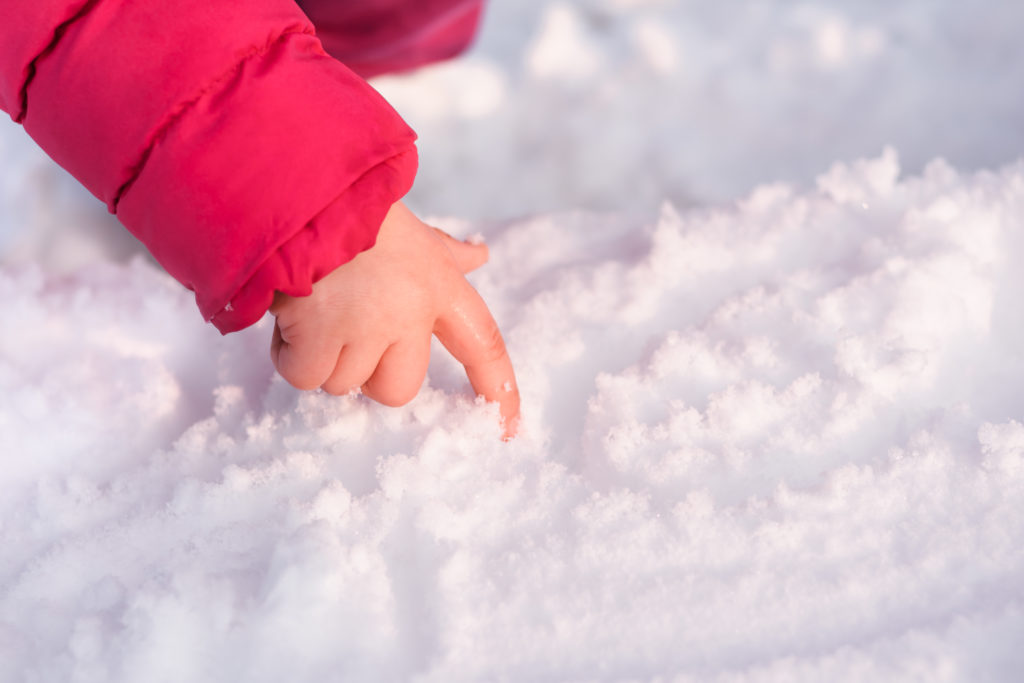
Jennifer shares inquiry and in-depth thinking in her classroom,
To foster inquiry and in-depth thinking I utilize engineering principles into my science lessons. When working with forces in one unit, I teach a few overview lessons that lay down the foundations and then I give a task/question: How can we use a variety of materials to create ramps? How can use soft and hard pushes with the ramps?
I then put out a variety of materials and spend several days “playing” and creating. I usually spend about 1 hour/day on this. This past year, my class was really interested in domino rallies so we watched a bunch of YouTube videos and then spent a few math periods creating our own. My groups all worked in different ways and I walked around asking questions and suggesting materials, etc.
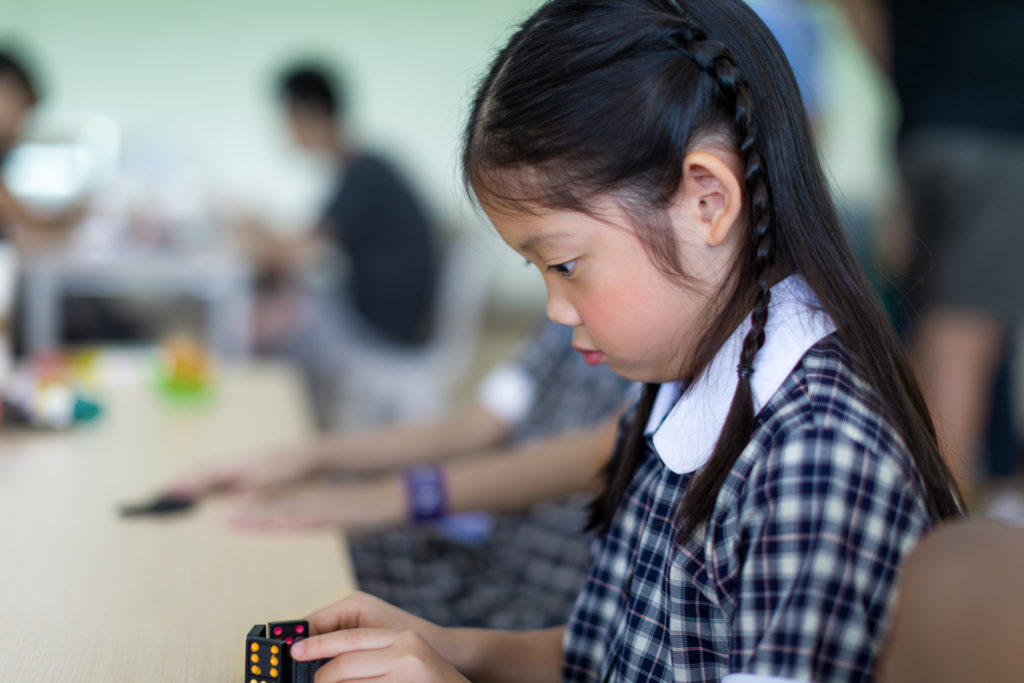
I really truly hope this book study allowed you to open the doors about play in your classroom. We KNOW there will be bumps in the road getting there. However, all we can do is TRY and keep “play” in our minds at all times! We WILL get there… even if it’s small bits here and there! I would love to continue this talk about “play” and always open to help bounce ideas, start Facebook threads to generate additional ideas on implementing play, etc! I’m here for you on this “playful” journey and I appreciate your time and dedication to your students each and every day! I will leave you with this POWERFUL quote!
As always,
Much Love- Tara
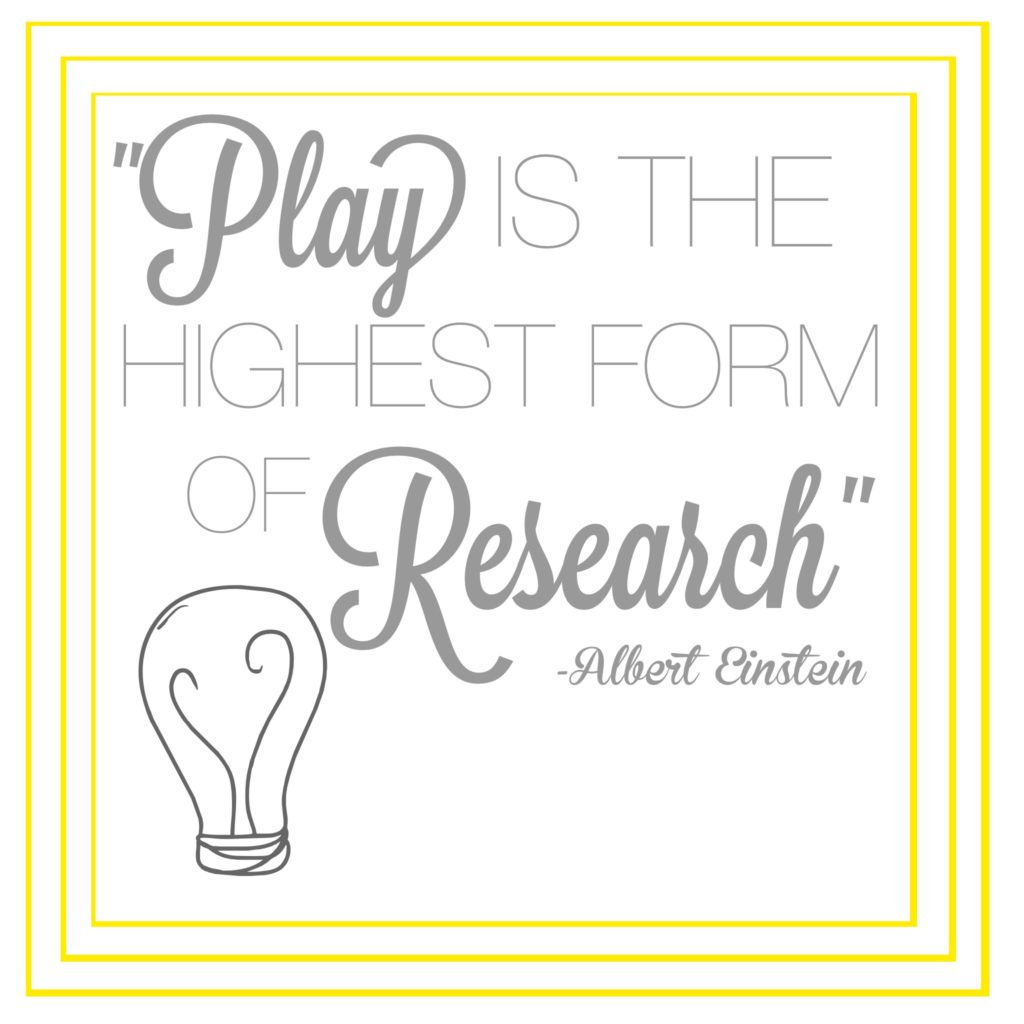
(Amazon Disclosure: This post contains affiliate links, meaning, at no additional cost to you, I will earn a commission if you click through and make a purchase.)

I am a music teacher (25 years) taking a course on Social Studies for the PreSchool/Primary (working on my K-3 Certification in the state of Maine). I would love to use your Maps Unit as my finale project but I can not find any information on your website regarding connections to the Common Core Standards and/or the Early Learning State Standards. If I am missing something could you direct me. I love the scaffolding of the unit, connection to literature and provided activities. Thank you for your time.
all the technical KINGDOM777 solutions and staff we need for 에볼루션 카지노 operators who provide world